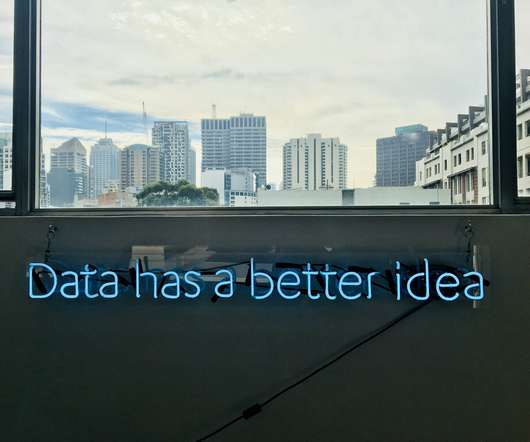Machine Learning for Product Managers – A Quick Primer
Mind the Product
AUGUST 4, 2020
Currently, there are thousands of products, apps, and services driven by machine learning (ML) that we use every day. As was reported by Crunchbase, in 2019 there were 8,705 companies and startups that rely on this technology. trillion to global GDP by 2030. It’s obvious [.]. It’s obvious [.].















Let's personalize your content